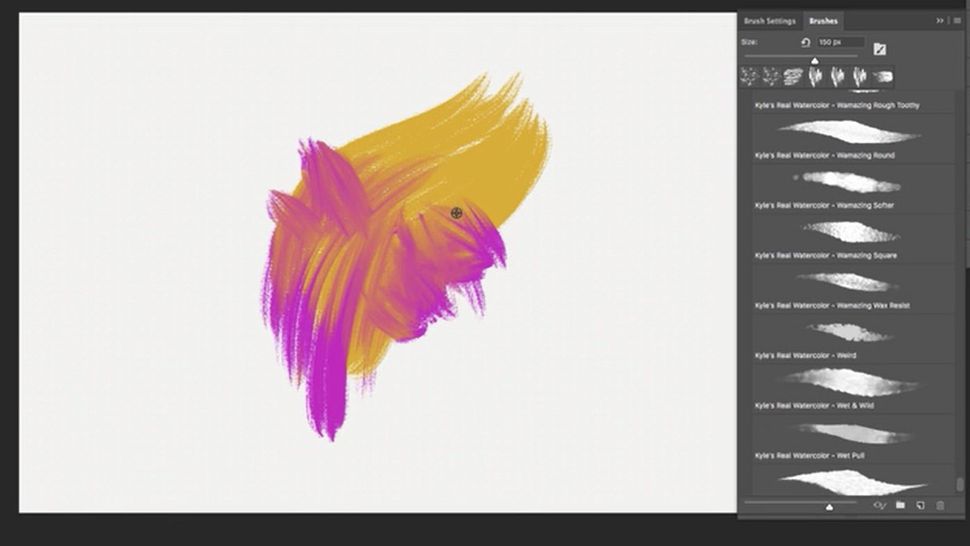Photoshop Shortcuts That Will Boost Your Productivity is a vital topic for anyone looking to enhance their workflow in this powerful software. With an array of shortcuts at your fingertips, you can streamline your processes, reduce fatigue from repetitive tasks, and unleash your creative potential. This article explores essential shortcuts that can make your design experience more efficient and enjoyable, providing you with the tools to elevate your productivity.
From navigating your workspace to executing complex commands with ease, mastering these shortcuts will transform the way you interact with Photoshop. Whether you’re a seasoned designer or just starting, understanding these efficient techniques can save you valuable time and allow you to focus on what truly matters: your creative vision.
In today’s fast-paced world, where every moment counts, it’s essential to recognize the significance of mindfulness and its impact on our overall well-being. Mindfulness is more than just a buzzword; it encompasses a variety of practices that bring our attention to the present moment, allowing us to experience life more fully. This article delves into the concept of mindfulness, its benefits, and practical strategies to incorporate it into daily life.Mindfulness, in its most fundamental form, is the practice of being fully present and engaged in the current moment without judgment.

It encourages individuals to observe their thoughts, feelings, and sensations without getting caught up in them. This practice can be traced back to ancient meditation traditions, particularly within Buddhism, but has gained significant traction in modern psychology and wellness communities.One of the primary benefits of mindfulness is its ability to reduce stress. Numerous studies have demonstrated that regular mindfulness practice can significantly lower stress levels by promoting relaxation and reducing the body’s stress response.
When we are mindful, we are less likely to ruminate over past events or worry about future uncertainties. Instead, we focus on the here and now, allowing us to approach challenges with a clear mind and a calmer demeanor.Moreover, mindfulness has been linked to improved emotional regulation. By cultivating awareness of our emotions, we can better understand our reactions and respond to situations more thoughtfully.
This increased self-awareness can lead to healthier relationships, as we become more empathetic and less reactive in our interactions with others. Mindfulness encourages us to pause and reflect, which can be incredibly beneficial in both personal and professional settings.In addition to emotional benefits, mindfulness can enhance cognitive function. Research suggests that mindfulness practice can improve attention, concentration, and memory. By training our minds to focus on the present, we become more adept at filtering out distractions and maintaining sustained attention on tasks.
This can significantly boost productivity and efficiency in both work and academic settings.So, how can we incorporate mindfulness into our daily lives? There are numerous techniques and practices that can help you cultivate mindfulness, regardless of your schedule or lifestyle. Here are a few practical strategies to get started:
1. Mindful Breathing
One of the simplest ways to practice mindfulness is through mindful breathing. Take a few moments each day to sit quietly and focus on your breath. Notice the sensation of air entering and leaving your body. Whenever your mind wanders, gently bring your focus back to your breath. This practice can be done anywhere and anytime, making it incredibly accessible.
2. Body Scan Meditation
This practice involves mentally scanning your body from head to toe, paying attention to any sensations or areas of tension. It encourages you to connect with your physical self and can be particularly soothing in times of stress. Practicing a body scan for just a few minutes can help ground you in the present moment.
3. Mindful Eating
In our busy lives, meals are often consumed on the go, leading to mindless eating. To practice mindful eating, slow down and pay attention to the flavors, textures, and smells of your food. Chew each bite thoroughly and savor the experience. This not only enhances your enjoyment of food but can also lead to healthier eating habits.
4. Nature Walks
Spending time in nature is a wonderful way to practice mindfulness. Take a walk in a park, listening to the sounds around you and observing the sights and smells of your environment. Allow yourself to be fully present in the experience, appreciating the beauty of nature.
5. Mindfulness Journaling
Writing can be a powerful tool for mindfulness. Set aside time each day to reflect on your thoughts and feelings. You can use prompts like “What am I grateful for today?” or “How did I feel during a particular moment?” This practice encourages self-reflection and brings awareness to your daily experiences.
6. Meditation Apps
In the digital age, numerous apps offer guided meditations and mindfulness exercises. Consider downloading apps like Headspace or Calm, which provide structured programs to help you build a mindfulness practice. These resources can be particularly helpful for beginners.
7. Mindful Communication
Practice mindfulness in your interactions with others. Listen attentively when someone is speaking, without formulating a response in your mind while they talk. This not only enhances your communication skills but also fosters deeper connections with others.While the benefits of mindfulness are extensive, it’s crucial to approach the practice with patience and self-compassion. Mindfulness is not about achieving a specific state or completely eliminating negative thoughts; rather, it’s about cultivating awareness and acceptance of whatever arises in the moment.
It’s natural for the mind to wander, and the practice lies in gently bringing your attention back to the present whenever it does.As we incorporate mindfulness into our lives, we may notice a shift in our perspective and overall well-being. Challenges that once seemed overwhelming may become more manageable, and our relationships may deepen. By embracing the present moment, we open ourselves up to a richer, more fulfilling experience of life.In conclusion, mindfulness is a powerful tool for enhancing our mental, emotional, and physical health.
By taking the time to cultivate awareness and presence, we can navigate life’s challenges with greater ease and grace. Whether through breathing exercises, mindful eating, or simply taking a moment to appreciate the beauty around us, the practice of mindfulness can profoundly transform our lives. So why not start today? Your journey toward mindfulness awaits.


